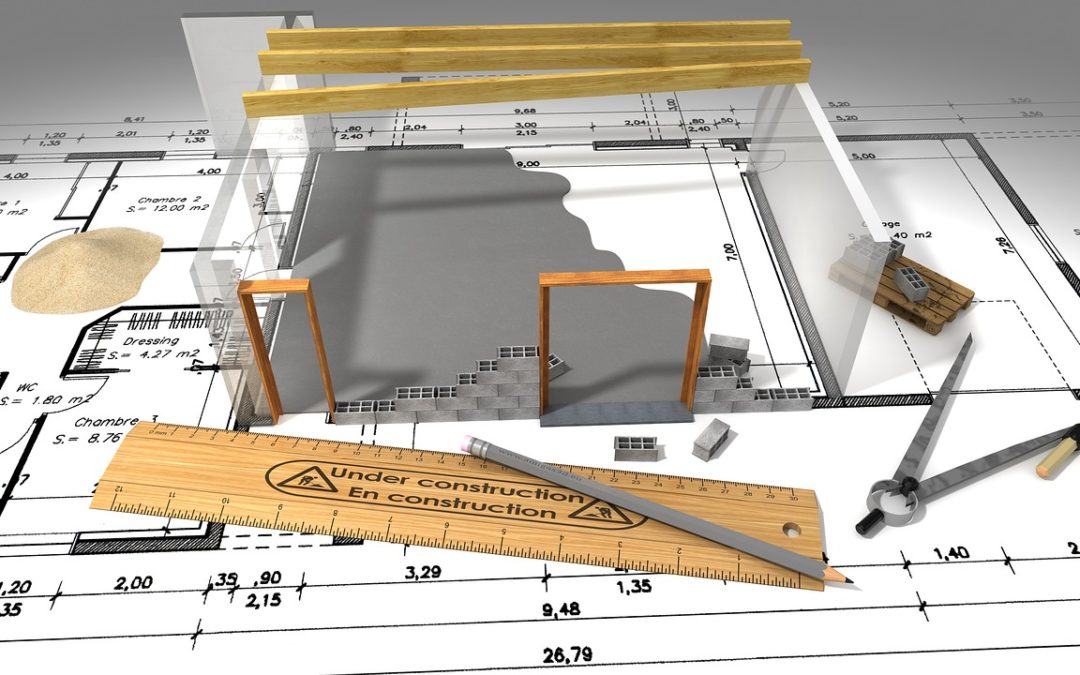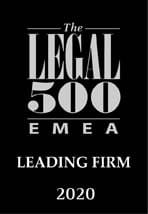This is the third article in a three-part series where we discuss key matters concerning the rights, obligations and liability of designers. First, we examined the requirements that a design have to meet; we then analysed various aspects of a designer’s liability; and finally, we now summarise the most important things to know about designers’ copyrights.
This article attempts to find answers to the questions of what copyrights a designer holds in a design, how such rights can be enforced effectively and what can be done if copyrights are violated. We will first discuss what designer copyrights include (Section 1), and then describe typical disputes involving them and the potential solutions to such disputes (Section 2).
What are designer copyrights?
Authors and designers hold copyrights in their works and designs automatically, without the need for registration. In Hungary, the meaning of copyrights and the system of copyright protection is defined in Act LXXVI of 1999 on Copyrights (hereinafter: “Copyrights Act”). Under the Copyrights Act, copyright protection exists for 70 years after the author’s death. The protection exists regardless of the quantitative or aesthetic characteristics of the work or any value judgment concerning its quality; the only quality that matters is that it is original and unique.
A Register of Architectural Copyrights was set up on 1 January 2020, and it is kept by an organisation known as Lechner Tudásközpont (Lechner Knowledge Centre). For more detailed information on the register, please see: this article. The option to register copyrights does not override the rule that authors hold copyrights in their works automatically, but it makes it easier to obtain information about the owners of copyrights in protected architectural works. An additional benefit of being entered in the register is that the registered copyright owner is assumed to be the author of the underlying work. In line with this, developers and designers have had an obligation to report the name and personal data of the holders of economic rights in architectural designs to the Register of Architectural Copyrights since 1 January 2020.
Copyrights, which consist of economic and moral rights, are held by the author or, in the case of an architectural design, the architectural designer. Economic rights include the right to exploit the work (design) and to license others to do same. In the case of architectural designs, exploitation includes the construction of the building and the alteration of an existing building.
Additionally, reproduction is one of the most important forms of the exploitation of architectural designs. The construction or recreation of an architectural work conceptualised in a design, or even the construction of certain core elements of a design can qualify as the reproduction of the design. Adaptation is also an important form of exploitation, and it means the alteration or modernisation of a building. However, not all renovations require an exploitation licence from the designer. A project where the objective is to restore the building to its original condition does not qualify as adaptation. However, if the project involves the addition of a new wing to the original building, it can qualify as an adaptation of the original work and therefore the designer’s permission may be required. The designer may demand a fee for the licence – even after the adaptation has taken place.
Moral rights include publication rights, the right of attribution and the protection of the integrity of the work. The distinction between economic rights and moral rights is important: while an exploitation contract can be concluded with regard to economic rights (generally as part of the design contract), authors may not waive their moral rights and may not licence another party to exercise such rights even under a contract. Consequently, if a designer believes that the proposed alteration of a building, they designed violates the integrity of their work, they may be entitled take action against the alteration even if they previously permitted the exploitation of the designs, i.e., the construction of the building and the adaptation of the design.
Therefore, it is advisable keep in mind that by ordering the design, the developer will not replace the author (architect) in terms of copyrights in the same way as for example the new owner replaces the old in the sale of an apartment. The developer “simply” receives a long-term opportunity and permission to exploit the designs (including, in particular, the right of construction, reproduction and, potentially, adaptation) in accordance with the contract on exploitation (design contract).
Typical disputes and potential solutions
If a copyright is infringed, the author may seek the protection of their rights in court. Firstly, they may request the application of objective legal consequences, such as a ruling that the infringement has taken place, a cease and desist order concerning the infringement or any action that could directly result in one, enjoinment from the continuation of the infringement, etc. Secondly, the author may seek compensation if they suffer any loss or damage. Additionally, the author may also demand the payment of a penalty known as “grievance money” under Hungarian law if their moral rights (publication, attribution, integrity) are infringed. If the case of a claim for compensation, the author will have to prove that they have suffered damage or loss in connection with the infringement. The same does not apply to grievance money, as the existence of any damage or loss beyond the infringement does not have to be proved.
Disputes concerning copyright infringements are highly varied and multifaceted, but there are two key areas that should be highlighted in connection with architectural works:
Disputes concerning exploitation contracts
One of the typical reasons for disputes over designer copyrights is the infringement of exploitation contracts. The Copyrights Act states that under exploitation contracts, authors (architects) grant a licence to use their work, and users (developers) are required to a pay fee in return. Disputes are often rooted in the parties’ failure to define the limits of the licence and what the fee is supposed to cover carefully enough. This is why it is advisable to define the “mode’ of exploitation as accurately as possible. Under the Copyrights Act, an author (architect) can limit the licence to a particular area or timeframe, or in terms of the mode or extent of exploitation. It is also important to note that the Copyrights Act requires an express permission for certain modes/rights of exploitation. In such cases, a general statement that the licence “applies to all modes of exploitation” or “is unlimited” will not be sufficient.
- The Copyrights Act requires an express permission in the following cases, i.e. the developer will only securely obtain a licence for the following modes of exploitation if these are expressly mentioned:
- Exploitation contracts can only grant exclusive rights with an express provision (Section 43).
- The licence holder may only transfer the licence to a third party or grant a licence to a third party to exploit the work with the author’s express permission (Section 46).
- The exploitation licence will only apply to adaption if there is a relevant express provision in the contract.
- A permission regarding reproduction will only authorise the licence holder to make visual or audio recording of the work or to store electronic copies of it on a computer or electronic data carrier if the contract includes an express provision to that effect.
- A permission regarding the distribution of the work will only authorise the licence holder to import copies of the work to Hungary if there is a relevant express provision in the contract (Section 47).
Possible solutions that can be incorporated to exploitation contracts:
- The issue can be regulated in an arrangement where the design may only be used in the construction of a particular building, and additional instances of exploitation require a new licence and the payment of additional fees.
- However, a general exploitation licence may also be granted, where the designer’s permission does not have to be obtained for additional instances of exploitation.
It is important to keep in mind that if the exploitation contract does not identify the permitted modes of exploitation or does not specify its permitted extent, the licence will be limited to the modes and extent that are strictly necessary in order to realise the objectives of the contract. With this provision, the Copyrights Act protects authors, because it limits exploitation in the absence of a specific contractual provision. However, the determination of what qualifies as a mode of exploitation that is “strictly necessary in order to realise the objectives of the contract” can easily lead to disputes between the parties, and therefore it is always advisable to define the framework of the parties’ cooperation precisely.
The Chamber of Hungarian Architects and the Chamber of Hungarian Engineers have created a joint policy that includes their recommended fee calculations. The application of the fees stated in the policy is not mandatory and the parties are free to use other rates. If the parties do not conclude a contract, they can submit the issue to a copyright dispute resolution board, where the author’s fee claim will be examined by experts and that will try to help the parties to reach an agreement.
Protection of integrity
The Copyrights Act includes special rules to protect the integrity of architectural works. Under these rules, any change in an architectural work or the design of an engineering structure that has an impact on the external appearance or intended use of the structure qualifies as an unauthorised modification of the work. As noted above, an architect will be entitled to the protection of the integrity of their work even if they have permitted the exploitation of the design. This issue typically has relevance if alterations are carried out on a building, and in particular, if the architect disagrees with the proposed changes because they believe that the changes will affect the external appearance or intended use of the building.
On the other hand, copyrights are limited by ownership rights as long as they are exercised properly, which does not mean a violation of the architect’s copyrights in the building. These are cases where ownership rights and copyrights collide, and therefore courts must proceed very carefully in the related disputes. The copyright dispute resolution board stated in the past that an architect could invoke the protection of integrity if, as a result of an alteration, “the external appearance of the building is distorted to a degree where the essence of the work is affected, or its intended purpose is modified in a manner that can harm the author’s reputation.” Judicial practice holds that “the owner can exercise their ownership rights, with or without a violation of the author’s moral rights spelled out in the Copyrights Act, if the interest in the modification of the work, or even the destruction of the building as the physical embodiment of the work, is based on an overriding (“real”) private or society-wide need that causes the enforcement of copyrights to be an improper exercise of rights.”
In summary, if the alteration of building infringes the architect’s copyrights as discussed above, the architect may take legal action against the alteration even if they have previously granted permission for the exploitation of their design. However, the outcome of such lawsuits is always doubtful, because if the owner has an overriding interest in the alteration, it can go ahead and perform it even with a violation of the integrity of the work. Courts have generally sided with owners in such cases.
Authors: András Fenyőházi and Bence Rajkai




